The power of Google Marketing Platform
Integrated tools play a critical role in the success of online marketing. They allow you to collect data more effectively, perform advanced analytics...
Plan, activate and control media to hit targets with precision.
Turn data into smart decisions with advanced analytics and modeling.
Efficiency, governance and scale for agencies and teams.
![[Ebook] SEO + AI: eBook to Master AI Overviews and GEO](https://www.adsmurai.com/hubfs/MKT%20-%202025/WEB/Resources%20-%20Banners/HeaderEN_Ebook_SEO+AI.png)
[Ebook] SEO + AI: eBook to Master AI Overviews and GEO
Learn how to structure and distribute your content so generative models can understand it, trust it, and reuse it in their answers. A practical guide to compete and appear in AI Overviews and AI-powered assistants.
Discover more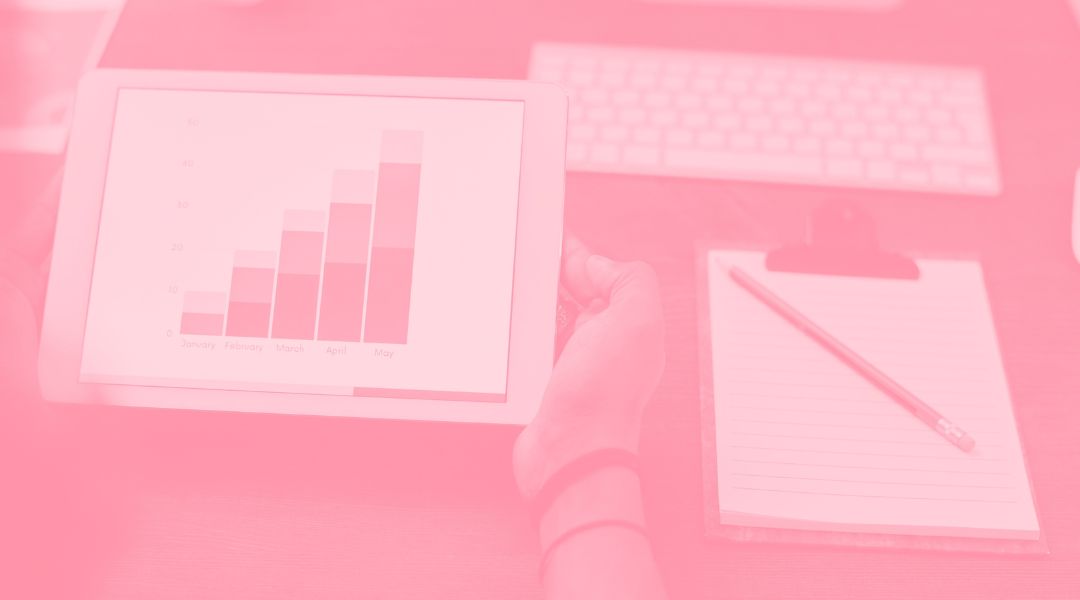
The conversion funnel is one of the digital marketing tools par excellence, especially for e-commerce. Knowing in depth the phases that form it and learning optimization techniques will make your campaigns more efficient, thus improving the performance of your digital marketing strategy.
TABLE OF CONTENTS
The conversion funnel is one of the main tools of digital marketing. It determines the different phases that a user goes through, from the moment he/she detects a need related to a brand's product or service until he/she becomes a customer. Analyzing this journey in potential customers allows marketers to identify bottlenecks, i.e., problems in the process of conversion.
The conversion funnel is usually classified into three stages: awareness, consideration, and conversion. At each of these levels, brands use different strategies, as users' touch points and objectives change as they progress through the buying process.
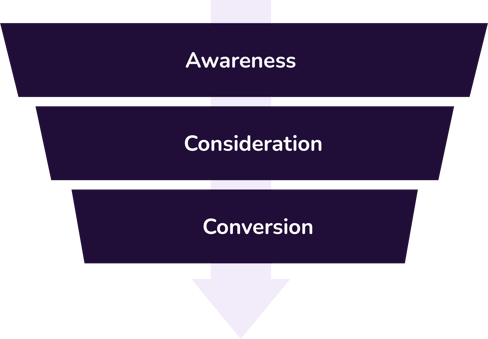
Although the terms may seem similar, the conversion funnel and sales funnel are not the same. The conversion funnel refers to the path a user follows from the first contact until achieving a goal (conversion), which does not necessarily have to be a purchase. This goal can be any action that converts the user, based on the objectives set by the company.
On the other hand, the sales funnel refers to the process that a user follows from the first contact until a purchase is made. In this case, the objective is always the sale of the product.
SALES FUNNEL:
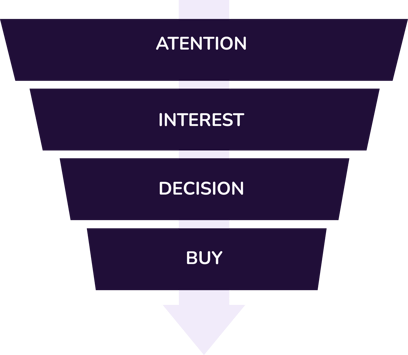
As in any marketing strategy, the first step to creating a conversion funnel is to identify the objective we want to achieve. It is important to be clear about what type of conversion we want the user to end up making.
Secondly, determine the stages of the process. You must have an idea of the process that the user will go through to achieve the conversion. Study where the users come from, what the percentage of people who advance to the next level, and what path they follow.
Finally, we must measure users at each stage of the process. Identify micro-conversions for each stage of the funnel, with them you will be able to track users along their journey. This information will allow you to know the paths they have followed and optimize the process to obtain better results campaign after campaign.
By following these steps, you can create an effective conversion funnel that allows you to achieve your company's objectives and improve the user conversion process.
The main idea of the conversion funnel is to accompany the user throughout his journey through different actions and marketing techniques. These phases go from the moment we attract the user, to their conversion as a customer, and even post-sale.
Top of the funnel: This is the first contact of users with a brand or service. The objective of this stage is to capture the user's attention so that he can begin his journey toward our goal, which is conversion.
Middle of the funnel: The user already knows the product or service and knows that it can provide a solution to their needs. At this stage, it is important to deliver valuable content to the user so that he/she can move towards conversion and decide to continue with us and not with the competition.
Bottom of the funnel: This is the last stage of the conversion funnel. The user performs the main objective of the campaign, the conversion action, and goes from lead to customer.
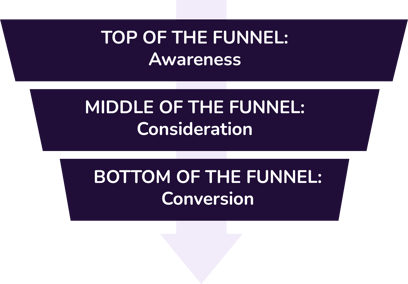
Here are some digital marketing strategies you can use at each stage of the conversion funnel to get users to meet your campaign goal.
Top of the funnel
In this first stage, the main objective is to capture the user's attention and get them to notice us. Therefore, it is very important to know where most of your Buyer persona comes from and focus on that source. The strategies that we recommend to implement from the first stage of the funnel are:
Social networks: Designing an organic content strategy on social networks will help raise awareness of your brand, attract traffic to your profiles and website, and help you connect with your audience with quality content for them.
Paid ads: Unlocking a paid ad strategy will open up our audiences and reach users who don't know us yet.
Organic traffic: In addition to social networks and paid campaigns, it is important to optimize the content you publish on your website so that search engines give it value, get good positioning, and improve visibility on your website.
Even so, it is important to keep these three channels active throughout your strategy to accompany users during the process and from different points of contact.
Middle of the funnel
In mid-funnel it is important to deepen the solutions you offer to the user's needs, for example through the messages in your paid campaigns or your blog content. We recommend you diversify the content, the more variety there is, the more possibilities there are to retain different types of users. In this way we will also get to know the users better, having more and more tools to lead them to your goal.
Etapa Bottom of the funnel
This last stage of the funnel is where we must show users the advantages they can obtain by converting. Calls to action are fundamental in this stage of conversion, for this, you must use the right words that invite users to perform the conversion action you are waiting for.
First of all, the conversion funnel allows us to know an important metric: the percentage of users we lose at each stage of the process to achieve our goals. For example, as a result of our paid campaigns, only a fraction of the users who visit our website end up registering on our form and, of these, only a percentage go on to buy the product and become a customer.
In addition to its metric function, the conversion funnel helps us to optimize each phase of the process based on making the right decisions at each stage.
Analyzing user behavior will be very useful since it will allow us to know the following data:
At what point do users fall out of the funnel?
Detect errors and areas for improvement throughout the campaign.
Have a clearer idea of where exactly we have to focus our efforts.
Calculate the return on investment (ROI) of the campaign.
It is important to constantly optimize the conversion funnel and analyze the metrics to determine if we need to make changes and improve the results. In this way we will be able to track the relationship between our brand and users, being able to extract insights to more efficiently optimize our digital marketing campaigns.
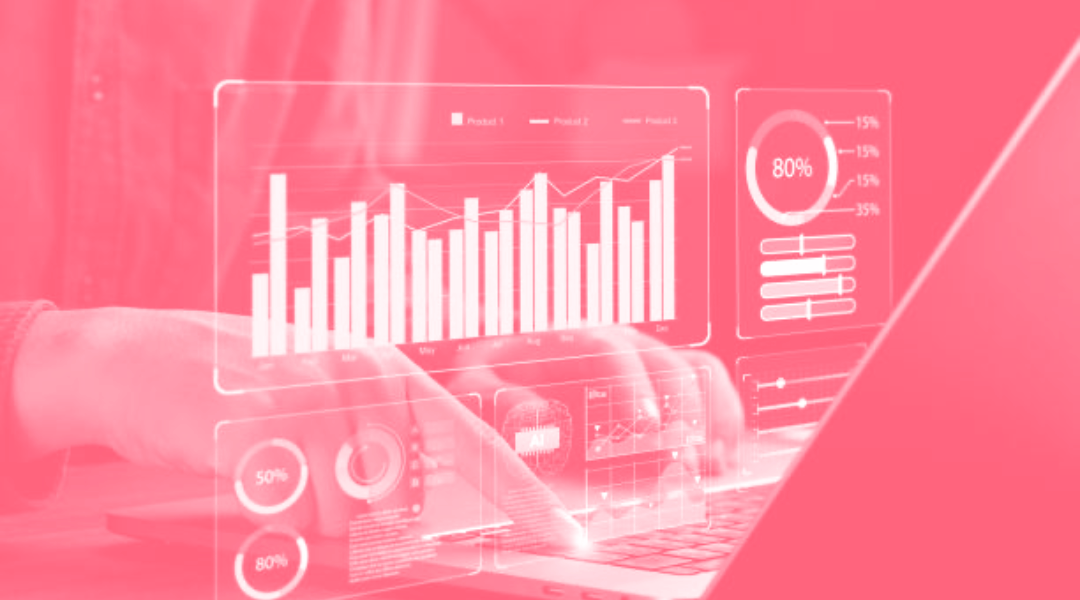
Integrated tools play a critical role in the success of online marketing. They allow you to collect data more effectively, perform advanced analytics...

After China's Netizens exceeded 1 billion, the growth of mobile Internet users has been facing a natural bottleneck. As a result, competition for...

Feminist movements in China are developing in a quiet yet steady manner. During COVID-19, chinese feminists and Key Opinion Leaders (KOLs) organized...